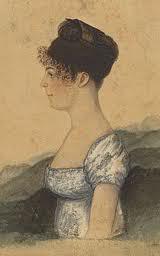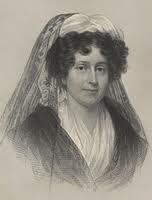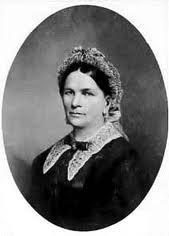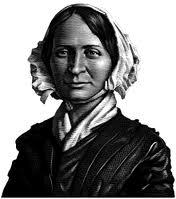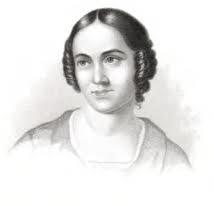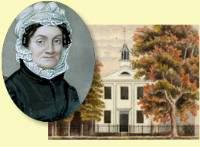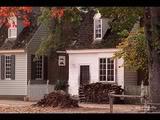Early American Educator, Novelist and Actress Susanna Rowson’s novel Charlotte Temple became the first bestseller in America when it was published in 1794 by Matthew Carey of Philadelphia. Rowson (1762–1824) was a British-American novelist, poet, textbook author, playwright and actress. She was also a pioneer in female education, opening the Academy for Young Ladies in Boston in 1797, offering an advanced curriculum to young ladies, and operating the school until her retirement in 1822. Childhood and Early Years Susanna Haswell was born in 1762 in Portsmouth, England to Royal Navy Lieutenant William Haswell and Susanna Musgrave Haswell, who soon died from complications of childbirth, an event that surely influenced Rowson’s fiction. Her father left Susanna in England in the care…
